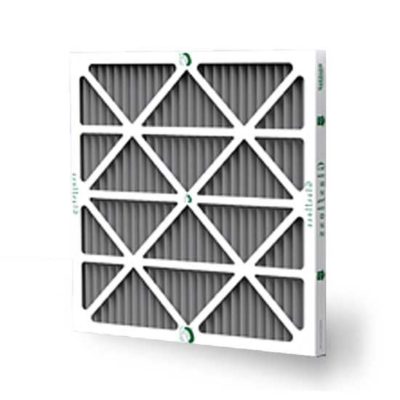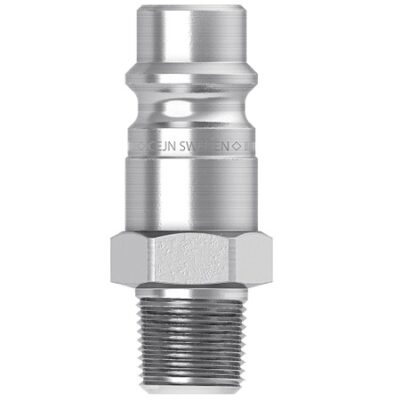The rolling blackouts currently occurring in California are not the result of a power shortage. Instead, these scheduled power outages are intended to protect against wildfires that have ravaged this coastal state and have destroyed more than 189 buildings already this year. According to statistics compiled by the Insurance Information Institute, over 76,000 acres have burned in California in 2019. This represents a significant loss to families and businesses in the state and has led to the implementation of preventive measures, including the rolling power outages currently in place for many areas of the state.
Table of contents
Dry and Windy Weather to Blame for Increased Risk

Over the past month, many areas of California have experienced prolonged dry weather and high winds. This combination could create the right conditions for wildfires to spread rapidly and to pose risks to families and businesses in the path of these dangerous fires. Downed power lines have been blamed for many major fires, including the Camp Fire that raged across Butte County in Northern California in November 2018. This fire caused the deaths of 85 people and destroyed more than 153,000 acres of forest before it was brought under control by Cal Fire.
Shutting Down Power for California Customers
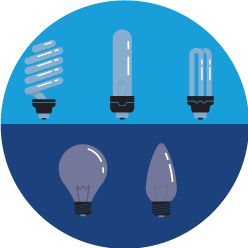
In response to the unfavorable weather conditions, Pacific Gas & Electric (PG&E) began shutting off the power to more than 800,000 of its customers in early October 2019. These rolling blackouts have been continuing into November 2019 and are causing serious issues for individuals and families who depend on reliable power to manage health conditions and to stay connected with others within their community. In some cases, shutting down the power has led to fears that emergency responders may be delayed in reaching homes and businesses.
Preemptive Power Outages an Unpopular Solution
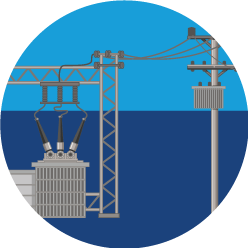
Despite efforts on the part of PG&E to shut down power in areas threatened with high winds and other conditions conducive to the spread of wildfires, critics of these tactics cite the added risk to the general public that comes with shutting down the power grid. In addition, many experts believe that shutting down power to residents and businesses has proven to be ineffective. Even in a rolling blackout, some power lines remain live. This was the case for a transmission line that may have sparked the Easy Fire, which began on October 30, 2019, and spread quickly to threaten the Ronald Reagan Presidential Library in Simi Valley before being brought under control.
The Economic Cost of Wildfires

According to figures released by the State of California Insurance Commissioner, Dave Jones, the cost of two fires in 2018 added up to more than $845 million in losses and caused damage or destruction to more than 320 businesses, 8,800 homes and hundreds of passenger and commercial vehicles. Calendar year 2019 is on track to be almost as costly for homeowners and businesses in the state of California.
Generators for Reliable and Predictable Power
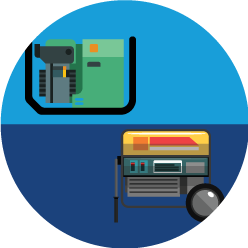
For businesses and families in California who are likely to be unwilling participants in the ongoing rolling blackouts in the state, generators are a solid choice for maintaining a steady supply of electricity even when PG&E shuts down the grid. Generators are generally available in three basic types and a wide-range of sizes that suit almost any need.
Portable Generators
Generally powered by gasoline, diesel, liquid propane, or natural gas, portable generators are designed to provide reliable power for homes and are usually capable of keeping a television, freezer and refrigerator powered for as long as the fuel lasts. For families with members who are dependent on medical equipment to maintain their health and well-being, a portable generator used exclusively for these vital pieces of equipment will provide the greatest security during the rolling blackouts currently underway in the state of California.
Inverter Generators
The engines used for inverter generators typically rely in part on high-powered magnets and cutting-edge electronics to produce electricity using a three-phase process. Inverter generators offer increased flexibility in the types of equipment they can power because the voltage and frequency are completely adjustable. Inverter generator systems run more efficiently because they vary the speed of the generator engine depending on the amount of power to be drawn from this device. They are mostly used to charge smaller electronic devices rather than to provide consistent power for multiple appliances.
Standby Generators
Designed to switch on automatically in a power failure or a blackout, a standby generator is the most common choice for hospitals, health care facilities, nursing homes and other larger buildings that require ongoing support for medical equipment, lighting and safety features designed to keep staff members and patients as comfortable as possible. Standby generators are not reserved for larger facilities alone, however. They are an ideal choice for any family who needs absolutely reliable power to manage medical issues and to provide help in dealing with daily responsibilities.
Choosing the Right Generator
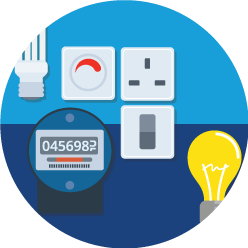
The best generator for your needs will depend on the amount of power you expect to require and the amount of fuel you can safely store at home or at your business. In most cases, homes require between 3500 and 8000 watts to run the basics of lighting, fans and appliances. Generators rated for 10 kilowatts (kW) up to 30 kW or more are ideally suited to provide comfort for your California home during rolling blackouts and power outages caused by other weather events in your area.
Generator Fuel Types

Another consideration to keep in mind is the type of fuel you will use to power your generator. Most homeowners use gasoline, diesel, liquid propane, or natural gas to fuel their home generators.
- Propane-fueled generators are usually quieter and better for the environment than most other types of fuel. In addition, propane does not become stale or deteriorate over time. It comes in prefilled tanks that are relatively stable and safe, which makes propane a solid choice for fueling generators that are intended to power emergency equipment for a relatively short period of time.
- Natural gas can power generators for longer periods of time and can even be hooked up to your existing natural gas supply. This will allow your generator to run for a longer period of time and more safely. Opting for natural gas generators is the most practical choice for larger facilities and for businesses and homes that require the utmost stability in power generation for their patients, their business operations and the comfort of their families.
- Gasoline-powered generators usually fall into the inverter-generator category and are designed to provide short-term solutions for power generation. They may be useful for maintaining medical equipment for a relatively short period of time. For more comprehensive help in managing power generator needs, however, opting for a larger standby generator is a solid choice for most homes, businesses and health care facilities.
Hybrid generators are becoming more popular thanks to the added flexibility these devices offer for homeowners and property managers. Hybrid-fuel or multi-fuel installations are capable of accepting two or more fuel types, including propane, natural gas, diesel or gasoline. This can make it much simpler to manage your power generation needs in an emergency.
Managing CARB Regulations

Residents of the state of California are required to comply with the regulations set forth by the California Air Resources Board, better known as CARB, when choosing their generators. CARB-compliant generators produce fewer emissions and are designed to be as environmentally friendly as possible, which ensures the best air quality for all California residents.
Each of ISC’s Portable Generators are noted as either “CARB-Compliant (can ship to California)” or “Not CARB-Compliant (can’t ship to California)”. Click here to view all CARB-compliant generators.
Working with a company that specializes in helping California residents to choose the right generator will allow families and businesses to manage their own electrical requirements even when public utilities shut down the power grid. This can allow you and your family or your business to maintain the best and most practical power levels for your safety and your ongoing profitability in the competitive marketplace.



